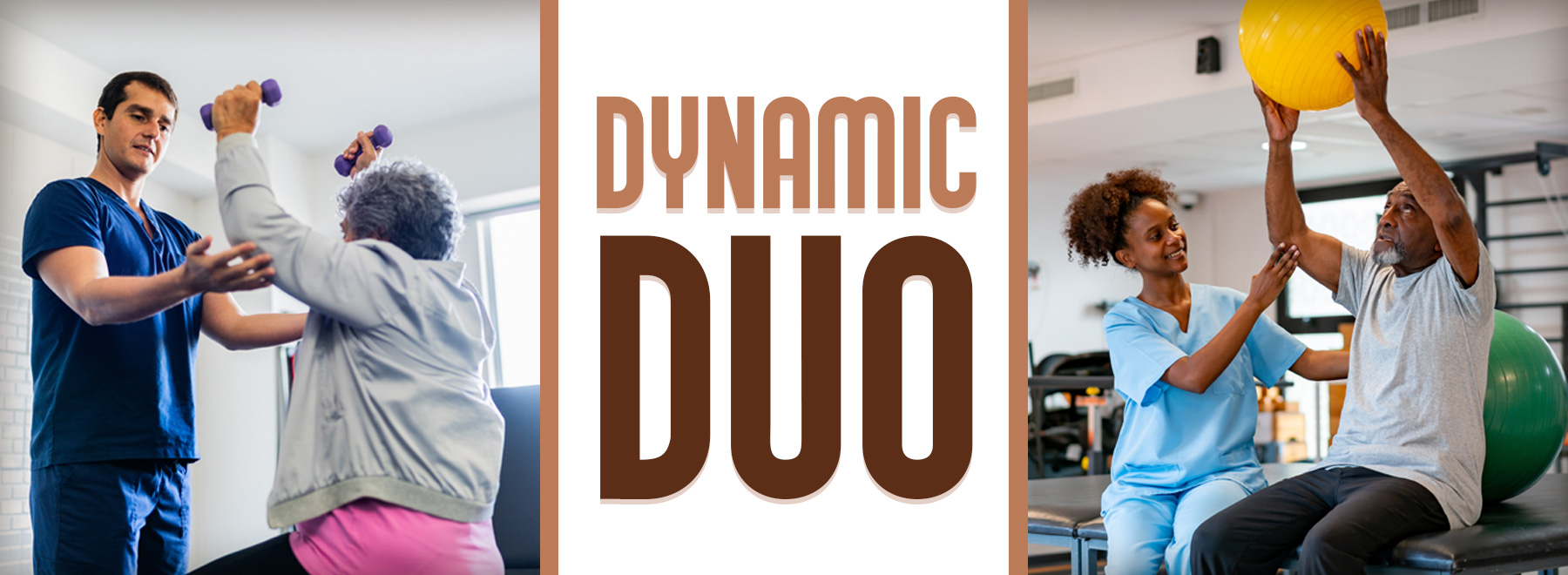PTs and OTs collab for better health for us all
Bouncing back to health after an accident, injury, effects of a chronic disease and more are common goals of a most vital collaboration in health care – that of physical and occupational therapists.
In short, both help patients recover from injuries, manage disabilities and improve or restore mobility. Physical therapists are movement experts, focused on a patient’s large motor skills, such as walking, running or lifting their arms. Occupational therapists help patients with fine motor skills so they can perform basic daily activities, which can range from working an electronic device to managing sleep.
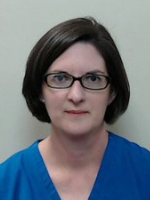
“We have more than 50 physical therapists and occupational therapists who work in Inpatient Rehabilitative Services at UMMC,” said Sacha Macgown, director of the department and a licensed occupational therapist. “All work to improve quality of life for patients following injuries and any number of other medical complications.”
Patients are referred to PT most commonly for musculoskeletal pain or dysfunction, neurological conditions, cardiopulmonary conditions, sports injuries, chronic pain, balance and gait disorders, age-related rehab needs, pediatric conditions and certain types of preventive care. Care is also extended to those needing speech-language and neurologic therapy services.
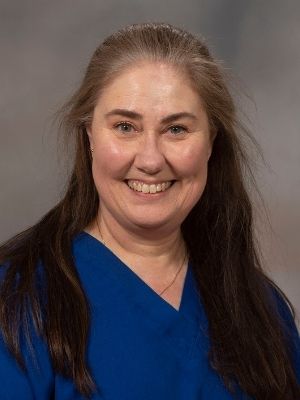
“We sometimes tell our patients PT helps you get where you’re going and OT helps you do what you want to do once you get there,” said Gina McRae, acute care physical therapist in the adult hospital. “I think it’s a great description.”
If a patient needs a walker or a cane to “get there,” therapy specialists often are the best source to choosing just the right fit for them.
“If you need an assistive device, not only can we recommend which one you may need, whether that be a cane, walker or wheelchair, but we can train you in the best and safest use of that assistive device,” said J.R. Burnett, director of outpatient rehab at UMMC.
OT referrals often involve conditions of workplace ergonomics and hand or upper extremity conditions. Patients are also referred to OT to learn self-care tasks all over again, such as bathing, dressing or feeding. Both disciplines draw on their training with “soft skills” to lift patients’ spirits during often difficult recovery journeys.
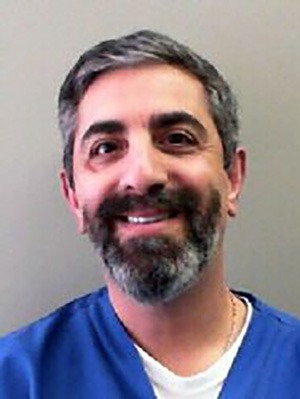
“Sometimes, just getting patients out of their room gives them something different to focus on versus just staring at the walls,” said Randy Khalaf, occupational therapist. “Just having a change of scenery gives them a different perspective.”
Initiating mobility for patients represents a first goal of many such milestones on the way to recovery.
“OT and PT initiating mobility and self-care in the hospital setting often gives patients the first glimpse of hope that they can and will get through whatever medical setback they are experiencing,” said Sarah Foster, occupational therapist.
In pediatrics, PT and OT specialists form an essential and supportive team for patients and their families.
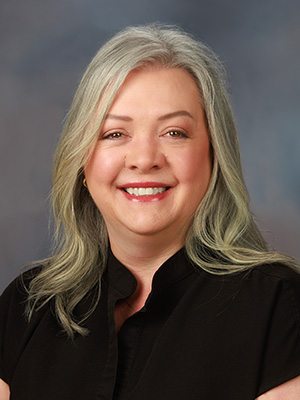
“Some children benefit from therapy early in life to promote development and reach key milestones in gross motor, fine motor and cognitive skills,” said Tara Husband, director of rehabilitation services at Children’s of Mississippi. “Others may require therapy due to accidents or significant life events. Our dedicated team of OTs and PTs is here to support children through every stage of their development.”
OTs engage children with fun, age-appropriate activities and toys to teach or relearn skills such as object manipulation, fine motor control and finger isolation – skills necessary for tasks like holding a toy, picking up snacks or using a crayon or pencil. They also focus on activities of daily living, helping children achieve age-appropriate independence in areas like dressing, feeding, writing and participating in school activities.
PTs combine functional mobility, strength-building, and flexibility exercises with playful, age-appropriate games to help children develop or regain the skills needed for sitting, standing and independent movement.
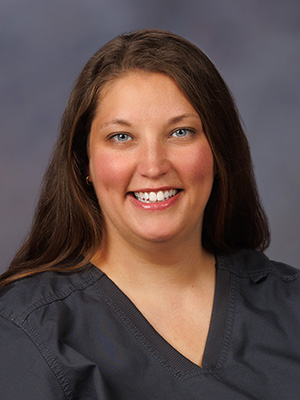
“One of the things I love most about working as a pediatric occupational therapist is the relationships I build with my patients and families,” said Candice Barber, board certified OT at Children’s. “When a child achieves a skill they never had or recovers a skill they lost the joy is contagious.”
PT students at UMMC earn a Doctor of Physical Therapy degree after they complete a three-year program that incorporates content from more than a dozen specific content areas. Graduates can seek board certifications in multiple areas, including cardiovascular and pulmonary, clinical electrophysiology, geriatrics, neurology, oncology, orthopaedics, pediatrics, sports, women’s health and wound management.
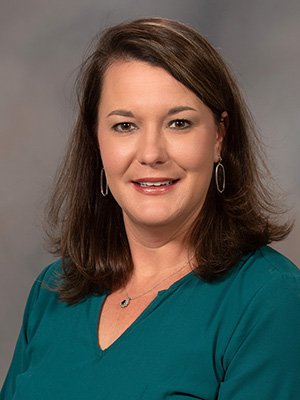
“We make sure students graduate with the skills necessary to help people impacted by disease, injury and disability in a hands-on approach,” said Dr. Melanie Lauderdale, program director for PT in the School of Health Related Professions. “We emphasize interpersonal skills with them and with fellow health care workers – all of whom are real people with real thoughts and feelings.”
OT students earn a doctoral degree after completion of a three-year program guided by four main aspects of a curriculum designed to prepare them for entry-level work in the field. OTs can earn board certifications in gerontology, mental health, pediatrics and physical rehabilitation.
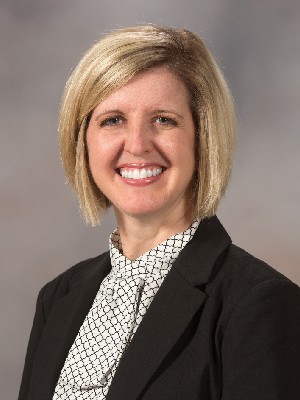
“Occupational therapy incorporates the therapeutic use of everyday activities, or occupations, to help individuals reengage with the roles and responsibilities that give their life meaning,” said Dr. Megan Ladner, program director for OT at SHRP. “Our students are prepared to work with individuals across the lifespan to help them develop new skills, restore lost abilities and adapt to various challenges.”
Among additional certifications OT’s and PTs may obtain include lymphedema, hand therapy, dry needling, as well as multiple certifications in specialized treatment approaches specific to each discipline.
For more information on adult rehabilitation services at UMMC and to make appointments, call 888-815-2005 or visit here. For more information on rehabilitation services at Children’s of Mississippi and to make appointments, visit here.
The above article appears in CONSULT, UMMC’s monthly e-newsletter sharing news about cutting-edge clinical and health science education advances and innovative biomedical research at the Medical Center and giving you tips and suggestions on how you and the people you love can live a healthier life. Click here and enter your email address to receive CONSULT free of charge. You may cancel at any time.



